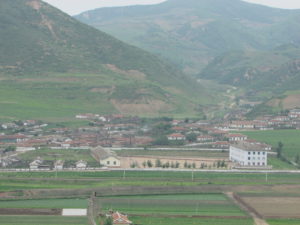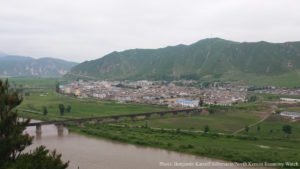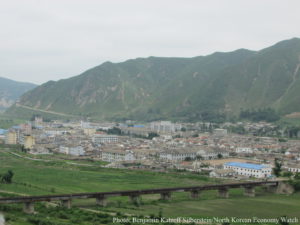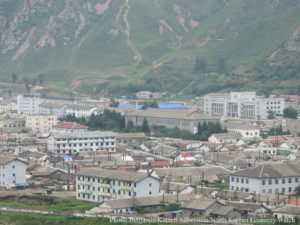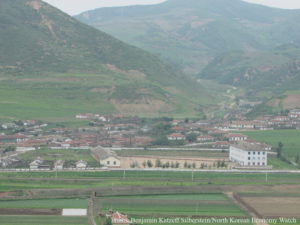Benjamin Katzeff Silberstein
Says the indispensable Daily NK:
Rice prices in some regions of North Korea have reportedly fallen by approximately 1000 KPW over the last few days. The price of rice has generally hovered around 5000 KPW per kilo since Kim Jong Un took power, but recently dropped to 3500 KPW due to an increase in supply from the harvest season and rice imports.A Daily NK source in North Hwanghae Province reported on November 3 that the price of one kilo of rice was about 4800 KPW in the middle of last month, but has now fallen to 3500 KPW over the last few days.“People are happy about the price drop,” she said.“Although rice prices in the markets around the northern regions (North Hamgyong Province, Ryanggang Province) are continuing to average 5000 KPW per kilo, it’s being sold at 3500 KPW per kilo in the rural areas of North and South Hwanghae Provinces. It’s believed that this was caused by a fairly good harvest in the agricultural zones of the provinces of North and South Pyongan and North and South Hwanghae, which was better than last year.”In North Korea, rice prices fluctuate in accordance with grain production. During the harvest season, prices tend to drop when increasing volumes of rice enter the market, most of which occurs via embezzlement channels set up by officials.“During the harvest season, officials in charge of the farms embezzle a proportion of the rice for themselves and sell it at the market, which seems to be the reason for the recent decline in rice prices,” the source said.In addition, public sentiment towards the change in prices also has an impact on prices. Rumors have been spreading among the residents that large volumes of rice will be donated by UN agencies, prompting vendors to try and sell their own product more quickly.There has also reportedly been an influx of imported rice into the market, further driving up competition.Addressing this phenomenon, VOA (Voice of America) reported that since the Kim Jong regime came to power, North Korea imported the largest volume of rice from China on record (on monthly basis) in September. According to an analysis of recordings from the Chinese General Administration of Customs by Kwon Tae Jin (director of the Center for Studies on North Korea and Northeast Asia at the GS&J Institute), the volume of Chinese grain imported into North Korea in September reached a total of 18,877 tons.“Upon seeing the imported rice being sold in the market, local merchants have dropped their prices to try and sell all of their product. The wholesale dealers and vendors in the rice trade all seem a bit confused by the rapid fluctuations in price,” added a source in South Hwanghae Province.However, this phenomenon may only be a temporary occurrence, as rice prices in other regions remain relatively stable. As the rice influx circulates among the other regions, it is thought that prices will stabilize.Cho Bong Hyun, the deputy director of IBK Economic Research Institute further commented that, “the regime seems to be distributing large amounts of imported rice to placate the population, but there are issues with the sustainability of this practice. Unless the total volume of incoming rice remains steady, the price declines seen will not be sustained for long.”

